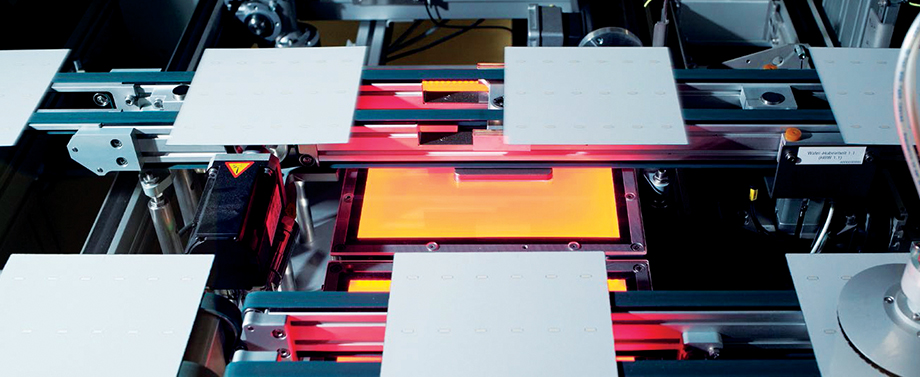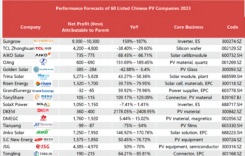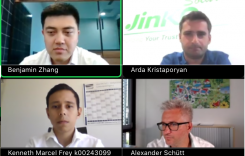PVTIME – Photovoltaic solar cell manufacturer Hanwha Q Cells has allocated 1.5 trillion won (US$1.28 billion) to invest in production line conversion and research on new solar technologies, such as building perovskite tandem cells on top of silicon solar cells.
This investment will be used to increase Hanwha’s production capacity of solar cells and modules to 7.6 GW per year by 2025. “Through this investment, we will consolidate our leading position in the domestic solar industry, while ensuring competitiveness in the domestic solar industry,” said Li Guorong, CEO of Hanwha Q Cells.

Hanwha Q Cells, a subsidiary of Hanwha Group, has formed a consortium with university research teams and private companies to participate in a national project to commercialize perovskite crystalline silicon solar cells by using next-generation tandem cell technology to overcome the theoretical limitation of single-cell efficiency.
Perovskite solar cells contain a perovskite structural compound as a condensing active layer. The high absorption coefficient of perovskite solar cells allows ultra-thin films to absorb the complete visible solar spectrum, creating low-cost, efficient, thin, and flexible solar cell modules. Perovskite derivatives have been investigated to overcome the problem of instability of lead-based organic perovskite materials in ambient air and reduce the use of lead.
Researchers have introduced various methods to improve conversion efficiency. In September 2020, researchers at Ulsan University of Science and Technology (UNIST) and Korea Institute of Energy (KIER) synthesized hydrophobic fluorinated analogs of complex organic molecules as an advantageous hole-transporting material. Manufactured perovskite solar cells. Electronic state shift for hole extraction. The power conversion efficiency of the champion device is certified as 24.8%.











